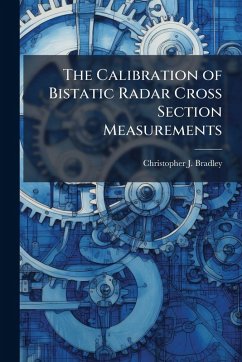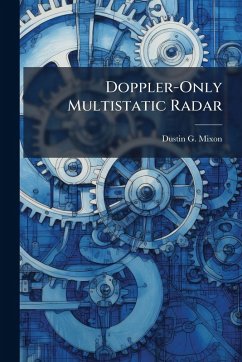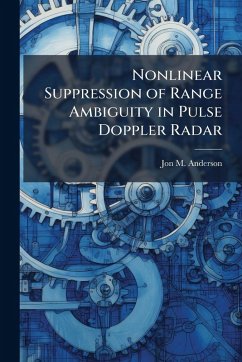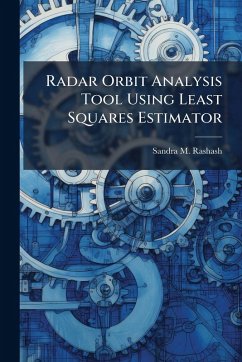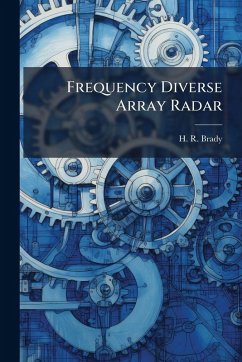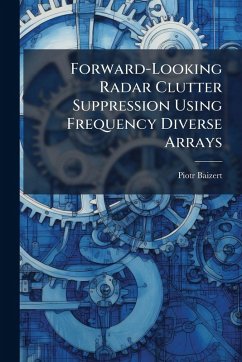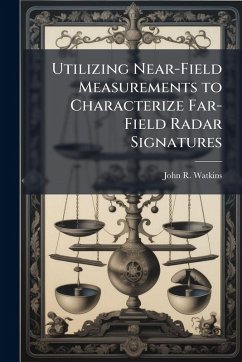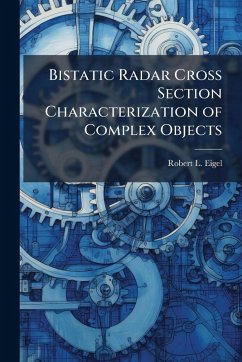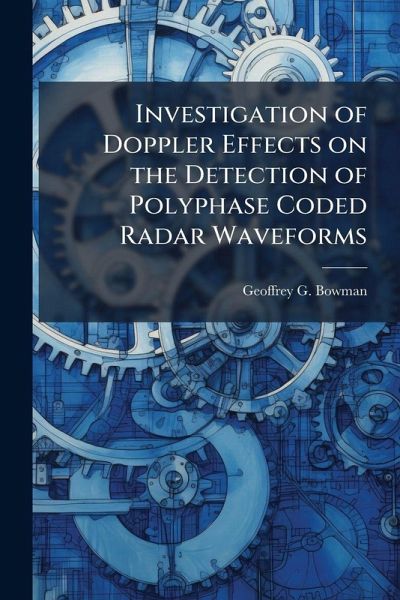
Investigation of Doppler Effects on the Detection of Polyphase Coded Radar Waveforms
Versandkostenfrei!
Versandfertig in über 4 Wochen
15,99 €
inkl. MwSt.
Weitere Ausgaben:

PAYBACK Punkte
8 °P sammeln!
Special operations missions often depend on discrete insertion of highly trained soldiers into dangerous territory. To reduce the risk involved in this type of engagement, Low Probability of Detection radar waveforms have been designed specifically to defeat enemy passive radar detectors. These waveforms have been shown to perform well when the Doppler shift is minimal, but their performance degrades dramatically with increased frequency shifts due to Doppler effects.This research compares one known Low Probability of Detection waveform, based on Welti coding, with a radar waveform known to pr...
Special operations missions often depend on discrete insertion of highly trained soldiers into dangerous territory. To reduce the risk involved in this type of engagement, Low Probability of Detection radar waveforms have been designed specifically to defeat enemy passive radar detectors. These waveforms have been shown to perform well when the Doppler shift is minimal, but their performance degrades dramatically with increased frequency shifts due to Doppler effects.This research compares one known Low Probability of Detection waveform, based on Welti coding, with a radar waveform known to provide Doppler constancy, namely, one based on Frank coding. These waveforms are tested using a non-cooperative square-law passive detector as well as a cooperative matched filter detector for various Doppler shift values. Research conclusions address the question of whether or not the Frank coded waveforms provide better detection capability than Welti coded waveforms at high levels of Doppler shift.Conclusions from this research indicate that there is no advantage to using Frank coded waveforms over Welti coded waveforms. All waveforms behaved the same at increasing Doppler shift levels for each of the detectors. This work has been selected by scholars as being culturally important, and is part of the knowledge base of civilization as we know it. This work was reproduced from the original artifact, and remains as true to the original work as possible. Therefore, you will see the original copyright references, library stamps (as most of these works have been housed in our most important libraries around the world), and other notations in the work. This work is in the public domain in the United States of America, and possibly other nations. Within the United States, you may freely copy and distribute this work, as no entity (individual or corporate) has a copyright on the body of the work. As a reproduction of a historical artifact, this work may contain missing or blurred pages, poor pictures, errant marks, etc. Scholars believe, and we concur, that this work is important enough to be preserved, reproduced, and made generally available to the public. We appreciate your support of the preservation process, and thank you for being an important part of keeping this knowledge alive and relevant.





